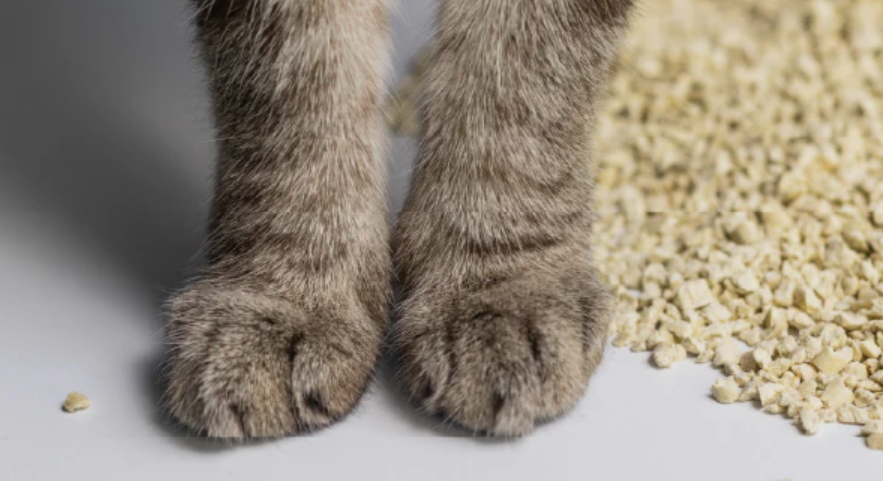
Training your cat to use the toilet may sound unconventional, but it’s definitely doable! Not only does cat toilet training help keep your home cleaner, it also reduces the need for frequent litter changes. With patience and consistency, you can teach your feline friend to make the switch, saving time and effort in the long run. Let’s dive into these simple steps for successfully toilet training your cat!
Step 1: Prepare Your Cat
Before jumping into toilet training, ensure your cat is comfortable with its litter box. Place the box in a quiet, safe spot where your cat feels secure. Building this trust is crucial for a smooth transition. It’s essential that your cat is already trained to use the litter box properly. During this phase, reward them with treats whenever they use the litter box correctly—positive reinforcement is key!
Step 2: Move the Litter Box Closer to the Toilet

Once your cat is using the litter box regularly, gradually move it closer to the bathroom. Do this slowly, over several days or a week, based on your cat’s comfort level. The goal is to avoid rushing your pet and causing stress. Eventually, place the litter box right next to the toilet, continuing to reward your cat for using it in the new location.
Step 3: Raise the Litter Box

When your cat is accustomed to the litter box being in the bathroom, begin to elevate it off the floor. You can use sturdy boxes or books to lift it a few inches each day. This gradual increase in height will help your cat adjust without overwhelming them. Keep rewarding your cat during this stage with treats when they successfully use the raised box.
Step 4: Place the Litter Box on the Toilet Seat

After your cat is comfortable using the raised litter box, it’s time to place it directly on the toilet seat. Ensure it is secure and stable to prevent any accidents that could deter your cat from using it. Leave the litter box on the toilet for several days until your cat is accustomed to jumping up to use it. Continue offering treats for successful usage.
Step 5: Switch to a Training Seat
When your cat is comfortable jumping onto the toilet, replace the litter box with a cat toilet training seat. This training seat fits inside the toilet bowl and has a small opening in the center. Allow your cat to use this seat for several days to a week, ensuring they feel at ease with it before moving on.
Step 6: Gradually Increase the Size of the Opening

Most training seats have adjustable openings. Start by reducing the litter amount and gradually enlarging the hole in the seat, encouraging your cat to use the toilet water instead of litter. Increase the hole size incrementally over a few weeks, continuing to reward your cat’s successes with treats and praise. Patience is essential—let your cat set the pace.
Step 7: Remove the Training Seat
Once your cat is comfortably using the toilet with the larger opening, you can remove the training seat altogether. Your cat should now be fully trained to use the toilet independently. Don’t forget to reward them for their achievements! Keeping the toilet clean is important for maintaining a hygienic environment for both you and your cat.

Conclusion
Cat toilet training requires time, patience, and consistency, but the rewards are worth it. By following these 7 simple steps, you can successfully guide your cat from litter box dependency to toilet proficiency. This method not only simplifies clean-up but also creates a cleaner bathroom experience for both you and your furry companion. With the right approach, you’ll have your cat toilet-trained in no time!
